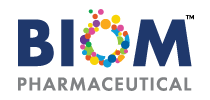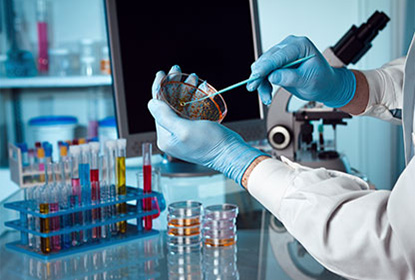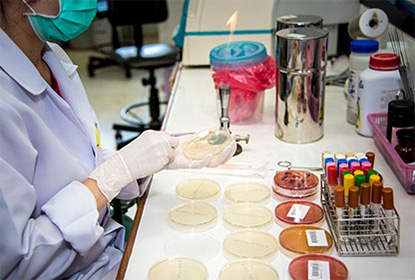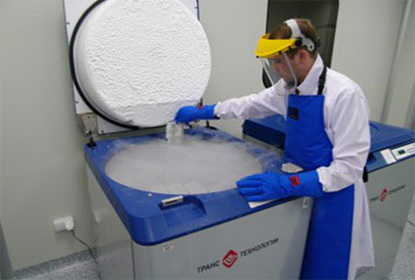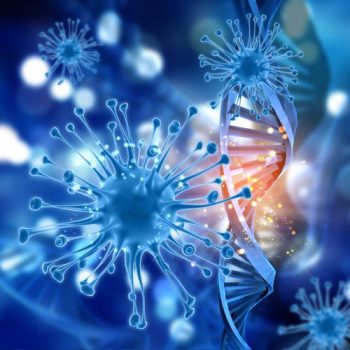Our R & D Technology Projects
Microbiome Therapy Against Antibiotic
“Resistant Microbes”
“Resistant Microbes”
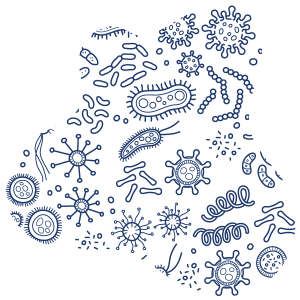
Microbiome Therapy Against Antibiotic
“Resistant Microbes”
“Resistant Microbes”

Microbiome in Stem Cell Modulation
Stem cells are integral component of human body and its turnover is critical for many physiological processes. Newest studies have that the hypothalamus, with an important role in cognitive function and aging, generates new neurons from neural stem cells.Killing hypothalamic neural stem cells accelerates aging, and transplantation additional neural stem cells into the brain region slows it down. Core microbiome plays an important role in the stem cells turnover of various organ rejuvenation. We are identifying the important role microbiome metabolites play stem cell biology in human body.
Microbiome Therapy Against Enteric Pathogens
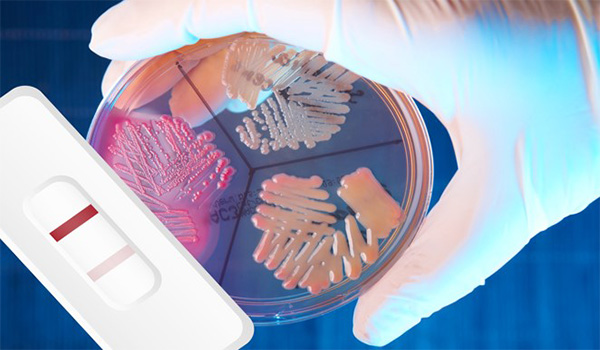
Microbiome Therapy for Neurological Disorders
Neuropsychiatric disorder are on the increase globally and, of the noncommunicable diseases, stand out as a leading cause of disability. Accruing evidence strongly links gut dysbiosis (gut microbiota–host maladaptation) as a risk factor in a wide range of mental illnesses that include neuropsychiatric conditions such as autism spectrum disorder (ASD), Alzheimer’s disease, epilepsy and schizophrenia among them. There are currently no drugs approved that treat the core symptoms of ASD.
We are creating lines of designer microbiomes with signature species and specific metabolic profile to enhance neurological pathologies of these diseases.

Microbiome Therapy for Neurological Disorders
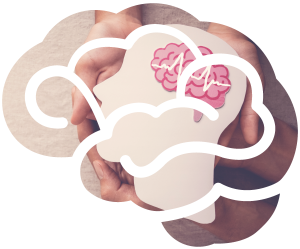
Neuropsychiatric disorder are on the increase globally and, of the noncommunicable diseases, stand out as a leading cause of disability. Accruing evidence strongly links gut dysbiosis (gut microbiota–host maladaptation) as a risk factor in a wide range of mental illnesses that include neuropsychiatric conditions such as autism spectrum disorder (ASD), Alzheimer’s disease, epilepsy and schizophrenia among them. There are currently no drugs approved that treat the core symptoms of ASD.
We are creating lines of designer microbiomes with signature species and specific metabolic profile to enhance neurological pathologies of these diseases.
Microbiome as delivery platform for in Personalized Gene and Cancer Therapy
Biom SAFETM: Microbiome Cataloging and Banking Service
- Biom Pharma is developing human microbiome biobanking, BiomSafe, as a premier microbiome service. Realizing the importance of microbiome in personal health and well-being, there is strong market need from customers to store and catalogue their microbiome for wellness and therapeutic purposes. However, no company is offering a comprehensive personalized microbiome-based wellness solution.
- We provide the microbiome banking as a long-term proactive health care service for personalized health and well-being. We also developed proprietary technologies to expand and make ‘humanized designer’ version of your microbiome based on different parameters such as dietary changes, health supplement-adapted, and other medications adapted (NSAIDS, painkillers etc). Further, we leverage our strength in microbiome to design new microbiome therapeutics for various disease conditions and indications.
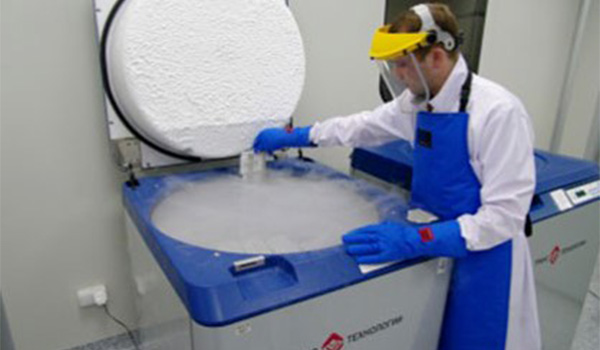
Microbiome Modulation for Senolytic and Longevity Functions

Microbiome Modulation for Senolytic and Longevity Functions

